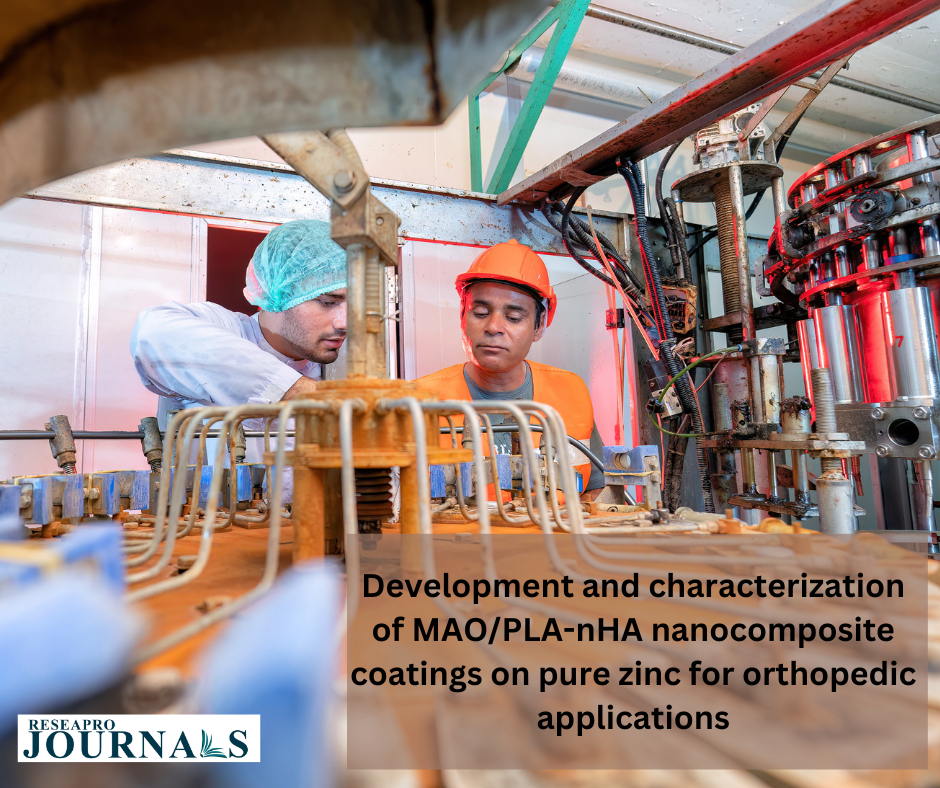|
Getting your Trinity Audio player ready...
|
Currently, traditional medical metal materials such as cobalt–chromium alloys, stainless steel, and titanium alloys are the main materials used for orthopedic implants because of their good chemical stability and mechanical properties. However, these inert metallic materials are difficult to degrade after damaged tissues have healed, which allows them to remain in the body for a long period of time. As a result, toxic metal ions are released continuously into the body, which will lead to inflammation and the need for a second surgical procedure to remove them. Thus, this condition causes secondary pain and potential surgical risks to the human body. In addition, most inert metal materials have an elastic modulus that does not match the human bone quality, which leads to a stress shielding effect. As a result of these factors, inert metallic materials will hinder the formation and remodeling of new bone and become unstable in vivo. Finding suitable biodegradable medical materials is urgently needed due to the limitations of conventional medical metals.
In recent years, biodegradable medical metallic materials have received extensive attention from many scholars. As temporary implant materials, they can overcome the adverse effects caused by the long-term presence of nonbiodegradable implants. After the healing of injured bone tissue, the implant does not need to be removed, which accelerates the tissue regeneration process and reduces additional trauma. Magnesium (Mg) and zinc (Zn) are the two most prominent biodegradable metals used as functional temporary implants. Mg alloy implants have received considerable attention due to their excellent biodegradability in physiological environments and low modulus of elasticity comparable to human bone. However, Mg-based implants degrade faster than typical clinical requirements for bone repair, which may allow for elevated humoral pH and premature loss of mechanical integrity prior to bone healing and regeneration. This condition leads to an inability to successfully navigate the service period. By contrast, the advantage of Zn alloys is that they have a moderate corrosion rate and are more likely to meet clinical needs in cardiovascular and orthopedic areas. In addition, Zn is an important element that plays a vital role in many physiological systems. The production and mineralization of new bone, signal transduction, and gene expression in the human body depend on Zn. However, high concentrations of Zn ions on the surface of Zn alloy implants can interfere with cell adhesion and growth, which results in delayed osseointegration. This defect can be overcome by modifying the surface of Zn alloy implants to form a coating with good biocompatibility.




